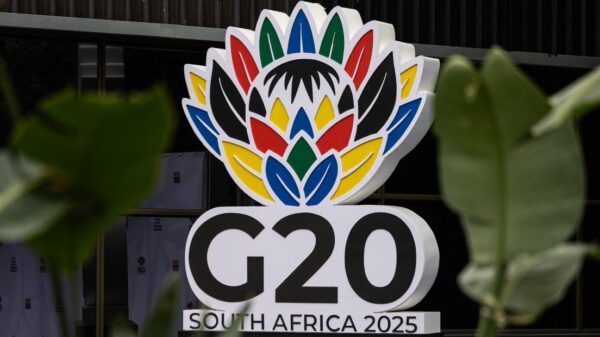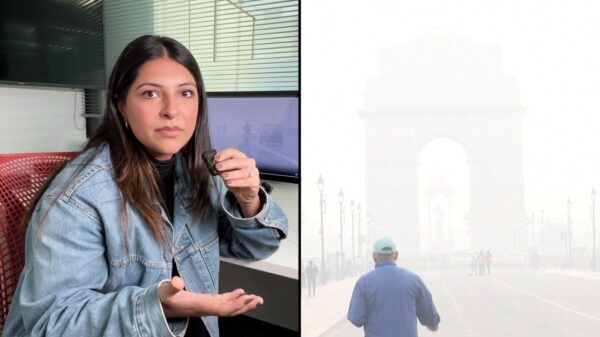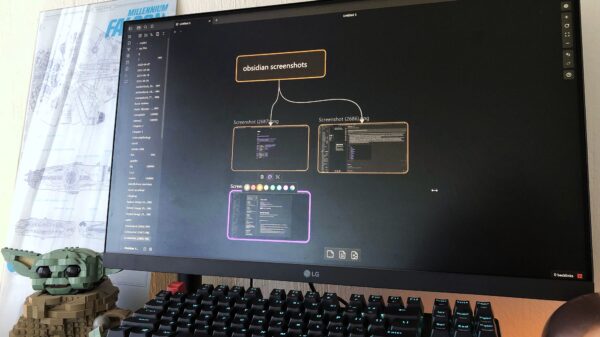Across Europe, a growing movement is addressing the hidden threat of soil pollution, with scientists and citizens collaborating to uncover contamination that has lingered for decades. Recent initiatives, including Denmark’s response to its first significant PFAS crisis, reflect a broader trend towards recognizing and mitigating environmental hazards that have often been overlooked.
Uncovering the Crisis
The issue of soil pollution is not confined to any single country. In Denmark, the government has declared a national crisis regarding PFAS, a group of synthetic chemicals known for their persistence in the environment and human body. This development has prompted urgent calls for action and transparency, highlighting the need for effective mapping of contaminated sites.
In response, various European nations are launching innovative soil mapping initiatives. These efforts aim to provide a clearer understanding of the extent of pollution across the continent. For instance, the European Environment Agency has been instrumental in promoting standardized soil mapping techniques, encouraging countries like Germany, France, and the Netherlands to participate in comprehensive data collection.
A Collaborative Approach
The mapping initiatives rely on collaboration between governmental bodies, environmental organizations, and local communities. This partnership is crucial in ensuring that citizens can engage with the data and understand its implications for their health and well-being. By fostering transparency, these initiatives aim to empower communities to advocate for cleaner environments.
In the United Kingdom, local councils have begun to adopt these mapping strategies, utilizing advanced technology to identify contaminated areas. This proactive approach not only raises awareness but also facilitates informed decision-making regarding land use and public health policies.
Through these collective efforts, Europe is learning to confront its hidden pollution legacy. The realization that soil contamination directly affects agriculture, drinking water, and overall public health has sparked a renewed commitment to environmental protection. Citizens are becoming increasingly involved, demanding accountability from both governments and industries responsible for such pollution.
As European nations continue to develop and implement these soil mapping initiatives, the focus will shift toward long-term strategies for remediation and prevention. The goal is to build a sustainable future where soil health is prioritized, and the lessons learned from past oversights guide current and future policies.
The fight against invisible soil pollution marks a significant step in Europe’s environmental journey. By shedding light on these hidden dangers, the continent is not only protecting its natural resources but also safeguarding the health of its citizens for generations to come.




































































